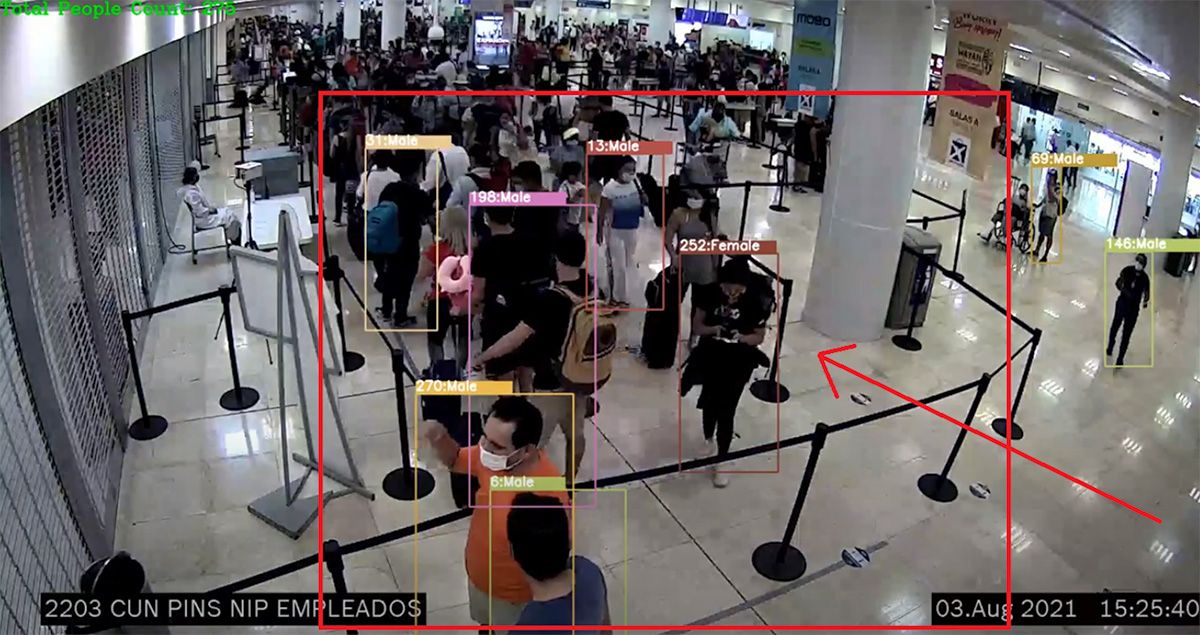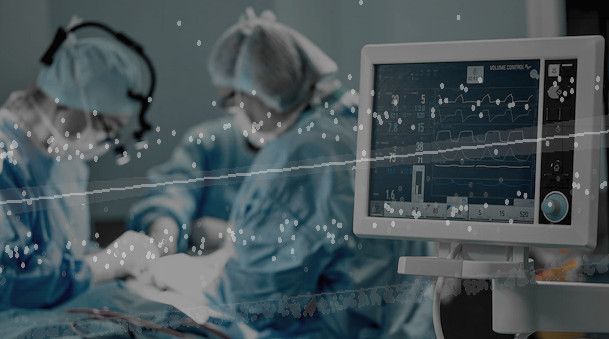People Counting - Retail
Challenge
A major retailer was challenged with trying to count people entering their stores at any given time. In supermarket chains, parents often enter the store with children in strollers or sitting in shopping carts. The retailer's existing legacy camera system was not smart enough to “see” and count these children. Families are an essential part of the merchandising strategy-- so having this data is crucial to success.
Solution
When connected to existing closed-circuit camera systems, the Interplay® Computer Vision Suite can count people within a retail or office environment. A major retailer struggled with their system’s ability to distinguish children while riding in carts or strollers. As a family-oriented retailer, accurate data on families entering the store was essential for improving merchandising. By knowing the overall population inside the store at any time and where customers were lingering or trafficking the most, the store can gauge merchandising efficiency as an overall heat map of the store layout.
This system brings several benefits to the retailer:
- Optimized Staffing Levels: Using computer vision to count customers allows retailers to optimize their staffing levels based on real-time and historical foot traffic data. By understanding peak hours and customer flow patterns, store managers can schedule employees more efficiently, ensuring that there are enough staff members during busy times to provide excellent customer service, while reducing labor costs during slower periods. This not only improves the shopping experience by minimizing wait times and enhancing service quality but also helps in managing operational costs effectively.
- Enhanced Store Layout and Merchandising: Analyzing customer count data through computer vision can provide insights into how customers navigate the store, which areas attract the most traffic, and where congestion occurs. Retailers can use this information to optimize store layout and merchandising strategies, placing high-demand products in easily accessible locations and designing pathways that promote a smooth flow of traffic. Improved store layouts can lead to higher sales by making it easier for customers to find and purchase products, while also enhancing the overall shopping experience.
- Accurate Conversion Rate Measurement: By accurately counting the number of customers entering the store, retailers can calculate the conversion rate—the percentage of visitors who make a purchase. This metric is crucial for evaluating the effectiveness of marketing campaigns, store promotions, and overall sales strategies. With precise conversion rate data, retailers can identify which strategies are working and which need adjustment, enabling them to make informed decisions to boost sales performance. For instance, if a promotional event attracts many visitors but has a low conversion rate, the retailer can analyze and adjust the promotion to increase its effectiveness.
- Improved Inventory Management: Real-time customer count data helps retailers manage their inventory more effectively by providing insights into shopping patterns and demand fluctuations. Understanding when the store experiences high traffic can indicate when certain products are likely to sell faster, allowing retailers to adjust stock levels accordingly. This ensures that popular items are always available during peak times, reducing the risk of stockouts and enhancing customer satisfaction. Additionally, it can help in planning restocking activities to avoid disruptions during busy hours.
- Enhanced Security and Loss Prevention: Implementing computer vision for customer counting also enhances store security and loss prevention efforts. By monitoring customer flow and identifying unusual patterns, such as a sudden influx of people in specific areas, retailers can detect potential security issues or suspicious activities. This proactive approach allows for timely intervention to prevent theft or other security breaches. Moreover, the data collected can be used to optimize the placement of security personnel and surveillance systems, ensuring comprehensive coverage and protection of the store's assets.
Summary
Interplay can connect to existing closed-circuit video platforms and run on an edge server directly on-premises or remotely inside a corporate data center or cloud environment. The resulting count data can be piped via connecting nodes to almost any software system or application with an appropriate API. This could include merchandising software to run discounts in real-time, push alerts to consumers in the store, or even connect to existing HVAC systems to turn up the AC in response to more people in the store.
Project Profile
Client:
Retail and Restaurant
Goal:
Understand traffic
Development Time:
4 weeks
Deployment:
Undisclosed
KPI:
daily customer count


